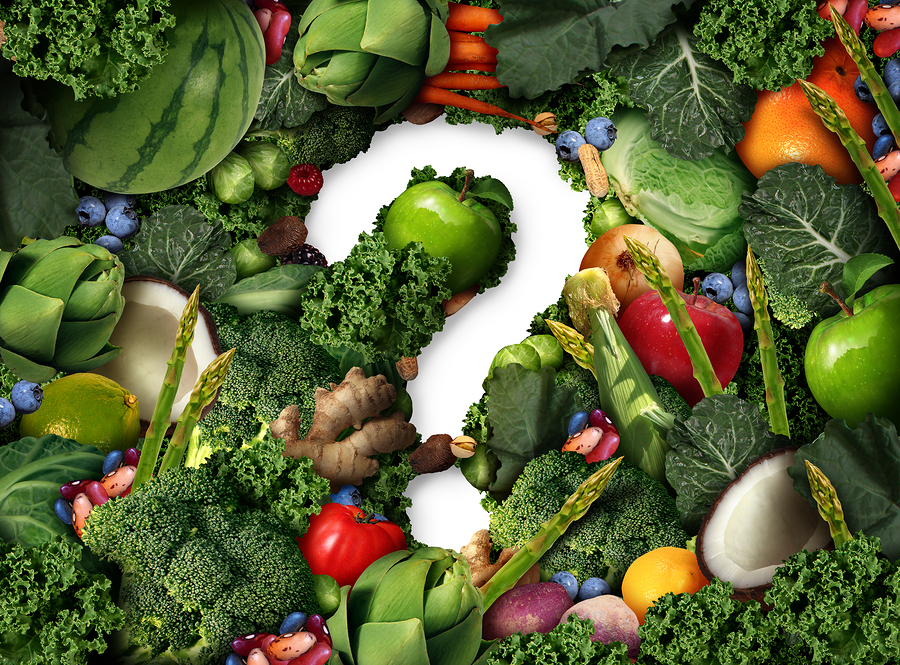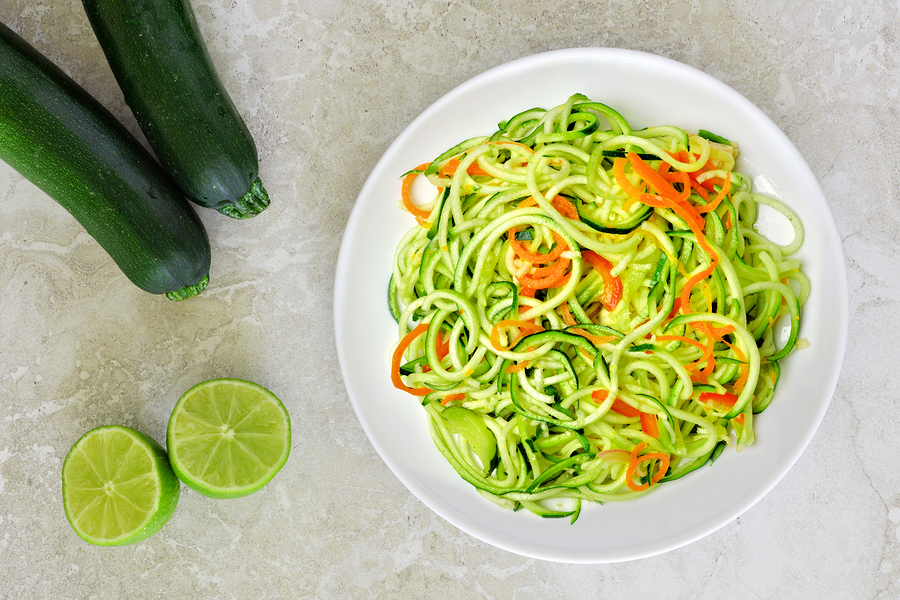- Make It Yourself Lavender Heart-Shaped Bath Bombs!
- 20 Things You Never Knew About “Down There”
- 12 Best Foods For Those Suffering From Arthritis Pain
- 12 Personal Hygiene Mistakes Almost Everyone Makes (Mom Never Told You About #4!)
- 15 Medicinal Plants And Herbs From The Cherokee People
- 12 Mind-Blowing Benefits Of Drinking Coconut Water During Pregnancy
- 12 Outstanding Winter Foods That Won’t Fatten You Up Like A Christmas Turkey
Make Vegetables More Appealing! (How To Tips!)

Photo credit: bigstockphoto.com
Want to persuade your kids to eat their veggies? It turns out that just changing the name to something more appealing might be all you need to do— and it works just as well on adults too.
A Stanford University study conducted in their own dining hall on campus proved that marketing can play a role in helping people make healthier eating decisions.
The researchers took the same dish, which featured butternut squash, as the primary ingredient, and simply labelled it in four different ways to observe if these changes would influence how many people would order it.
The dish was given a basic name: butternut squash, a healthy restrictive name : butternut squash with no added sugar, a healthy positive name: antioxidant-rich butternut squash, and the final group received an indulgent name: twisted garlic-ginger butternut squash wedges.
There were no differences in how these dishes were prepared or with the ingredients that were used. Only the name was changed, and over the course of the six-week study, the researchers noticed some fascinating changes in how popular the dish was based on how it was described.
During the study, over 8000 people selected the butternut squash dish under one if its four names. The indulgent name proven to be the most popular one by far, while the healthy restrictive name was the least popular. 41 percent more people chose to order the butternut squash when it was given the indulgent description versus the healthy restrictive name. The indulgently titled squash dishes were also chosen by 35 percent more people than the healthy positive description, and by 25 percent more than the basic description, which was simply butternut squash.
All it took to significantly increase the number of people eating a healthy dish was to change the name to something that sounded more appealing. These findings contrast with the current technique favored by certain marketers and nutritionists of labelling foods in ways that emphasize their healthy qualities. The example of that in this experiment would be the healthy positive description. To be fair, this group ranked second in popularity, but it was still outshined by the dishes that were given luxurious names.
Continue to Page 2

Photo credit: bigstock.com
It’s all about the name
So what is going on here? What is the takeaway from all this? Why are some dishes selling far more than others when they are all the same?
Well, the findings of this study appear to support preexisting evidence that how food is presented or named can make it more appealing to consumers. Look at the case of prunes for instance. For many decades, dried plums were called prunes, and had a fairly dedicated following but were not a hugely popular snack the way that say, potato chips are. Then some companies came up with the idea of re-branding prunes as “dried plums” to see if this would make them more appealing to shoppers. It began in 2000 when the California Prune Board (yes, that is a real thing) decided to rename prunes “dried plums” in hopes of appealing to a younger market. Interestingly, sales went up. This same technique worked when the Chinese Gooseberry was rebranded as the “kiwifruit”. If the name sounds more palatable, people are more likely to buy it.
But what about applying this to actual dishes in a restaurant or cafeteria setting? Recipes and items on menus are often given more flowery and descriptive names, and this is where the same principle applies. Giving the item a more appealing or “tantalizing” name will make customers more likely to order it.
This opens an opportunity for nutritionists, public health advocates, health writers, and chefs to all be more creative with their naming of foods. If they can give healthy dishes more appealing names, it can persuade even the most stubborn of eaters to make better choices with regard to their diets.
READ ALSO: Fiddleheads: All About These Funny-Looking Vegetables Video
Try coming up with some funny or clever names for healthy snacks for your kids. Don’t be surprised if they don’t start craving healthier foods from now on.
References:
































